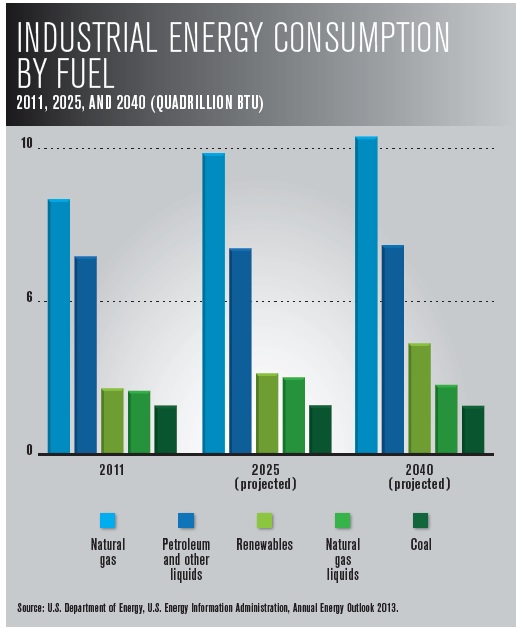This article, from law firm Crowell Morning, is authored by about 14 lawyers with the company. For the Windpower Engineering & Development audience, environmental and energy sections may be of most interest.
This introduction by Chairman Kent Gardiner, charts the litigation landscape:

As natural gas plays a greater role in the industrial energy mix, environmentalists will likely increase their anti-hydraulic fracturing efforts—aided, perhaps, by evolving government regulations
Litigation trends traditionally have been cyclical. The economy tumbles, and the lawsuits commence. The economy recovers, and litigation gives way to corporate deals. But that waltz is a thing of the past. Six years past the financial crisis of 2008, litigation shows little sign of slowing. And cases increasingly intersect with federal and state regulatory priorities, as well as a sophisticated plaintiffs’ bar that aggressively exploits every alleged gap in regulatory compliance.
We were gratified at our clients’ positive reception of Litigation Forecast last year. Litigation Forecast 2014 is designed to foster a better understanding of this changing environment. And in the spirit of continuous improvement, we’ve broadened our coverage to include several industry-focused sections, areas that face specific litigation challenges and illustrate how increasingly complex and high-stakes litigation impacts the business world.
This publication is an effort to distill some measure of company experience into a concise, practical overview—to help both in-house and outside attorneys understand the litigation trends and emerging threats that may imperil their business pursuits. We hope you will see this as a valuable starting point for ongoing conversations that can lead to the insights and strategies needed to succeed in the coming year—and beyond. In that spirit, we look forward to hearing from you.
The Industry Watch for energy is headlined: New generation: Who decide what, where, and when to build? And begins with this: For decades, the division of authority between state and federal regulators in the electric utility industry was reasonably clear. The states had the power to authorize the construction of power plants within their borders, while the federal government generally did not. And the states regulated retail rates, while the Federal Energy Regulatory Commission, for the most part, regulated wholesale rates.
With industry restructuring and the evolution of the wholesale capacity markets overseen by FERC, some wonder whether a century of resource planning by state regulators has been, or might be, replaced by a market-based regime in which price
signals alone will drive developers to build new power plants. In reality, says Larry Eisenstat, a partner in Crowell & Moring’s Environment, Energy & Resources Group, “Nothing new was being built—or if it was, it was a pitifully small amount of capacity compared to what would be needed to replace generating units that were going to be retired.” In response, a number of states required utilities to enter into long-term contracts with power plant developers to incentivize the construction of new generation.
Read the full report at http://www.crowell.com/files/Litigation-Forecast-2014-Crowell-Moring.pdf
Crowell-Moring
www.corwell.com
Filed Under: News




